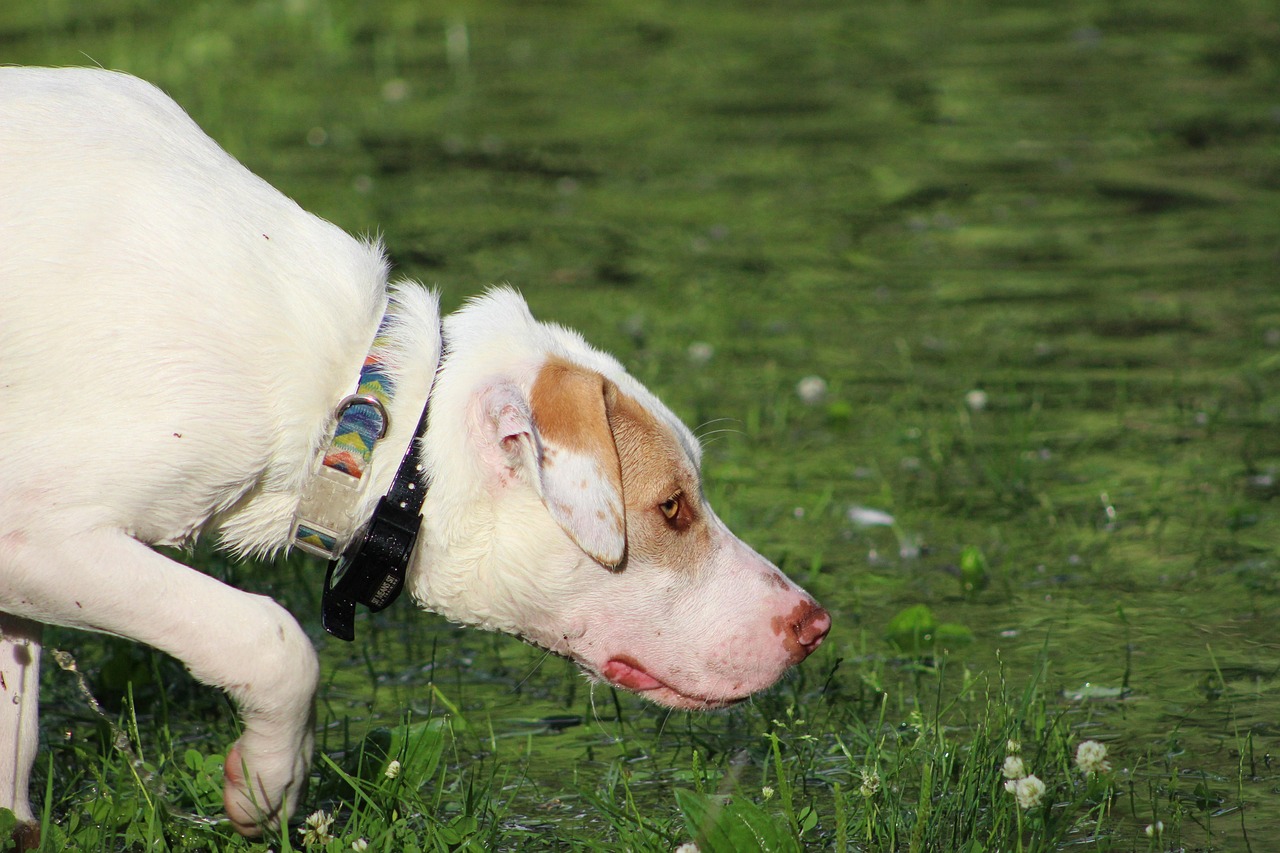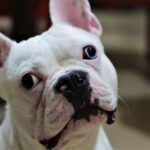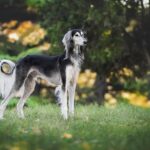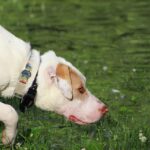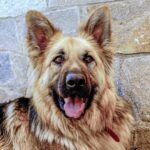What Makes a Dog a Natural Sniffer? A New Study Challenges Old Assumptions
A groundbreaking study has taken a fresh look at canine scent detection—this time focusing on everyday dogs, not elite professionals. Using the Natural Detection Task (NDT), researchers tested 527 dogs (484 analyzed) to explore how breed, personality, and training influence natural olfactory performance. The results challenge long-held beliefs about which dogs are best suited for scent work.
Breed-Specific Traits Matter More Than Breed Groups
Dogs were grouped by historical function—such as hunting or cooperation—but these categories didn’t predict success. Statistical analysis showed that breed groupings (e.g., scent vs. non-scent breeds) were too variable to be meaningful. Instead, individual breeds showed distinct performance patterns, suggesting that breed-specific traits are more influential than broad classifications.
This finding builds on previous research, which also failed to find consistent differences among breed groups. The authors suggest that relaxed selection pressures in recent decades may have diluted the olfactory strengths once associated with certain breeds.
Border Collies and Beagles Lead the Pack
Border collies, typically bred for herding rather than scent work, outperformed traditional detection breeds like golden retrievers, vizslas, and hounds in both success rate and task completion. Beagles, known for their powerful noses, completed the final successful level faster than any other breed.
Interestingly, five breeds—including golden retrievers, cocker spaniels, and Labradors—were slower than beagles. This could reflect slower decision-making or missed initial detections. While hounds are known for their scenting ability, their slower pace may limit their effectiveness in time-sensitive detection work.
Training and Personality: Not Always Predictive
Dogs with higher “Responsiveness to training” scores were more successful, echoing previous findings that traits like trainability and focus enhance performance. However, dogs with more formal training were slower to complete the task—possibly due to over-reliance on learned routines or confusion when faced with unfamiliar cues. Even dogs trained specifically in scent detection didn’t outperform their untrained counterparts.
This surprising result suggests that natural scenting ability may be hindered, rather than helped, by certain types of training—especially when dogs attempt to apply learned behaviors to novel situations.
Motivation and Environment: Subtle but Important
While motivation is known to influence scent detection, measuring it is tricky. In this study, dogs were rewarded with salmon-based bait, and owners’ reported reward styles (e.g., food-only motivation) didn’t affect performance. This implies that general food motivation may not be a key driver in natural detection tasks.
Environmental factors like age and test location did play a role: younger dogs (2–3 years old) performed better, and indoor settings yielded stronger results.
Real-World Implications
The NDT offers a practical way to assess scenting ability in untrained dogs across diverse breeds. While it doesn’t replicate the complexity of professional detection work, it provides valuable insights into natural olfactory aptitude. Traits like arousal level, environmental stability, and response style—critical for working dogs—weren’t measured here, but the NDT could help identify promising candidates for further training.
With its large sample size and inclusive design, this study is the most comprehensive to date on family dogs’ scent detection. And it suggests that the best sniffer might not be the one with the most training—but the one with the right mix of instinct, focus, and drive.
Source: Breed differences in olfactory performance of dogs, Attila Salamon et. al


